Elder / Summer / Autumn / Edible
Elder and Elder flowers are one of the most well-known wild flavours in the UK and they can be found in abundance throughout the hedgerows.
Botanical Name
Sambucus Nigra
Scientific Classification
Kingdom – Plantae
Order –Dipsacales
Family – Adoxaceae
Physical Characteristics
Elder is a deciduous shrub or small tree, growing up to 6m tall and the same wide.
Leaves
The light green and lightly serrated leaves, spear shaped, 5-12cms long and 3-5cms wide, grow in opposing pairs, arranged along a pinnate with five to seven pairs. They have a strong smell when crushed – its hard to describe but some people say its metallic, chemical, like burning plastic or soldering.
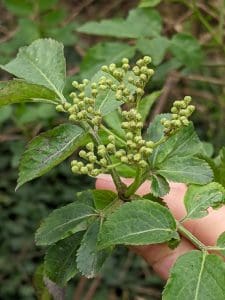
Flowers
The flowers 5-6mm in diameter each have five petals and are borne in large, flat umbrellas which are 10-25cms in diameter.
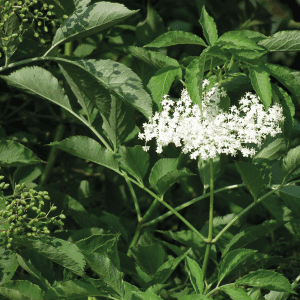
Fruit
The fruit grows similarly to the flowers in large collections, they are almost perfectly round, glossy dark purple and measure 5-6mm in diameter. The stems often turn red as they mature, and their weight causes the branches they hang on to droop when they are ripe.
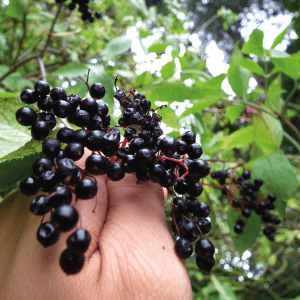
Bark
The bark of this tree is a light brown-grey and can be found cracking with a yellowing revealed in between cracks. It is spongy to the touch, and is easy to push your thumbnail into.
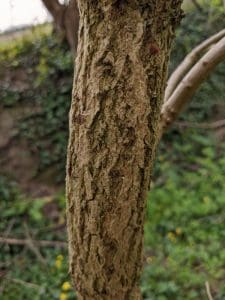
Habitat
Temperate to tropical regions of Europe, UK, Western Asia, North and Central America and Northern Africa.
Enjoys moist and dry soils, it is shade tolerant and will grow underneath other trees. However the most plentiful flowers are almost always found in a sunny spot. This tree can be found in hedgerows, woodlands, garden edges, farmers’ fields, walkways, playing fields and commonly by canals.
Known Hazards
All green parts except the buds, flowers and fruit of this plant are considered poisonous and should be avoided.
Could be Confused With
Ground elder, grows to a maximum of 1.5m high and among a huge array of differences does not have bark and is not a tree. Other members of the Carrot family have umbels of cream flowers that could be confused with Elder with potentially deadly consequences – but again, they do not have bark and are not trees.
Rowan, the main difference is Rowan leaves are heavily serrated and Rowan bark is tough, not spongy.
Elder Foraging Video
Edible use
Leaves: Herbal use as a strong anti-viral (can cause nausea and vomiting)
Immature flower buds: Pickling, Lacto fermenting
Flowers: Cordial, Sparkling Wine, Tempura, Tea, Ointments
Fruit: Best heated, Wine, Syrups, Juice, Fruit Leather, Cordial, Beers, Ketchup, Chutney, Jam, Frozen in Desserts. They are also a powerful pink food colouring!
How to use the flowers
It’s best to pick Elderflowers on a sunny day, when the sun is high in the sky and the scent of the blooms are at their best.
Now, parts of the Elder are toxic and contain cyanide so it’s advised not to eat too many of them raw and to avoid the small spindly stems on which you find the flowers. Before we head out to harvest our flowers, it’s worth noting the Elder tree is shrouded in myth and magic. It’s believed to be protected by the Elder Mother, so I always ask permission to pick from this bewitched tree. These blossoms are surprisingly versatile and I have no doubt these recipes below will inspire you in the kitchen.
A classic recipe is of course, Elderflower cordial. There are many ways to make this scrumptious beverage and it pairs exceptionally with lemonade, gin, and prosecco. Cheers!
On the subject of drinks, it’s a tradition in my household to make a batch of Elderflower champagne or sparkling wine every year. It’s become a true celebration of summer and is one of my all-time favourite foraged tipples.
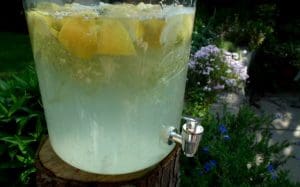
I am very fond of eating flowers and Elderflowers are no exception. A special dessert that has gone down a storm at many a dinner party are Elderflower fritters. To elevate this tempting pudding even further you could serve is alongside Elderflower cheesecake or ice
cream.
Surprisingly, Elderflower isn’t just for our sweet tooth and if you are craving something a little more savoury, why not try our Elderflower, pea and asparagus risotto.
Notes of Herbal uses
The flowers are still used by herbalists now to aid inflammation within the respiratory system, including asthma, coughs and hay fever.
The berries are commonly used and stored within syrups, jams, wines and juices to give a boost of vitamins and minerals throughout the winter months, helping to ward of the common winter ailments.
Extra notes from the Foragers
If you cut a branch from this tree the inside or pith can be pushed out fairly easily, using a tent peg or other hard piece of wood, this hollow wood can now be used for loads of things. Making jewellery, beads, pennies, snakes, whistles and even blow darts.
Click here to learn how to make an Elder whistle



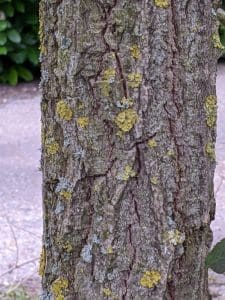
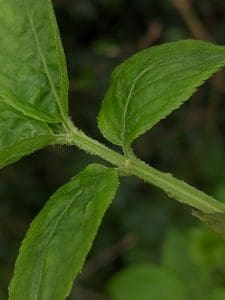
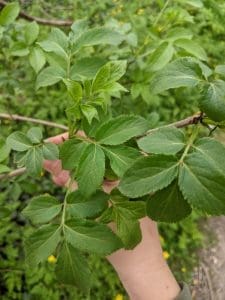
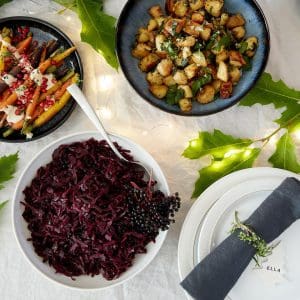
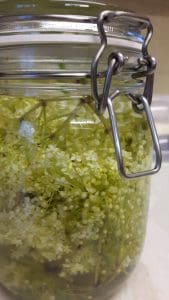
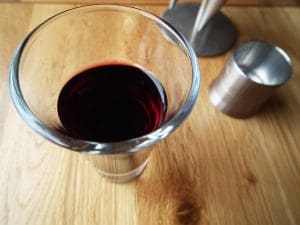
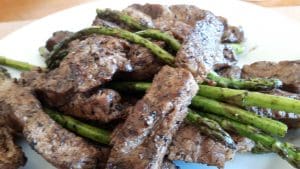
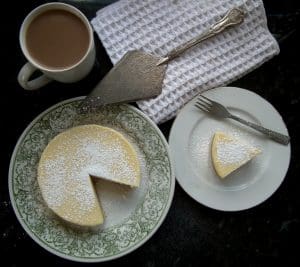
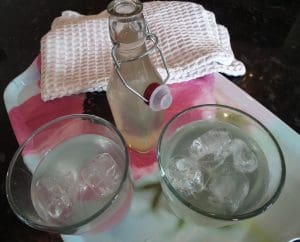
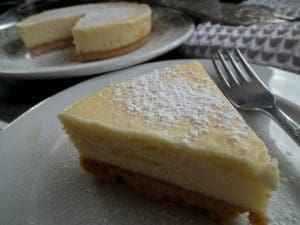
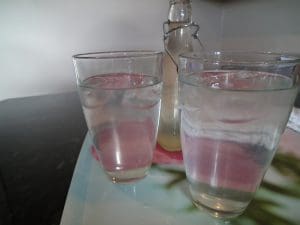
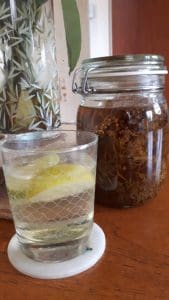
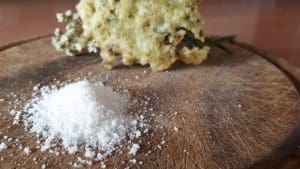
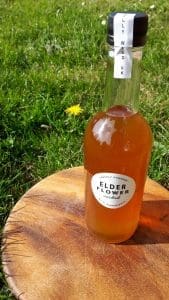
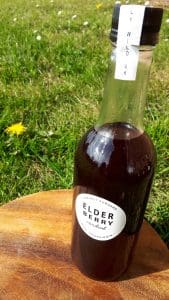
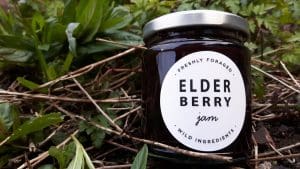
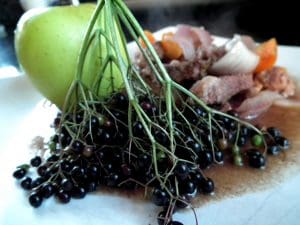



1 reply on “Elder (Sambucus Nigra) Identification”